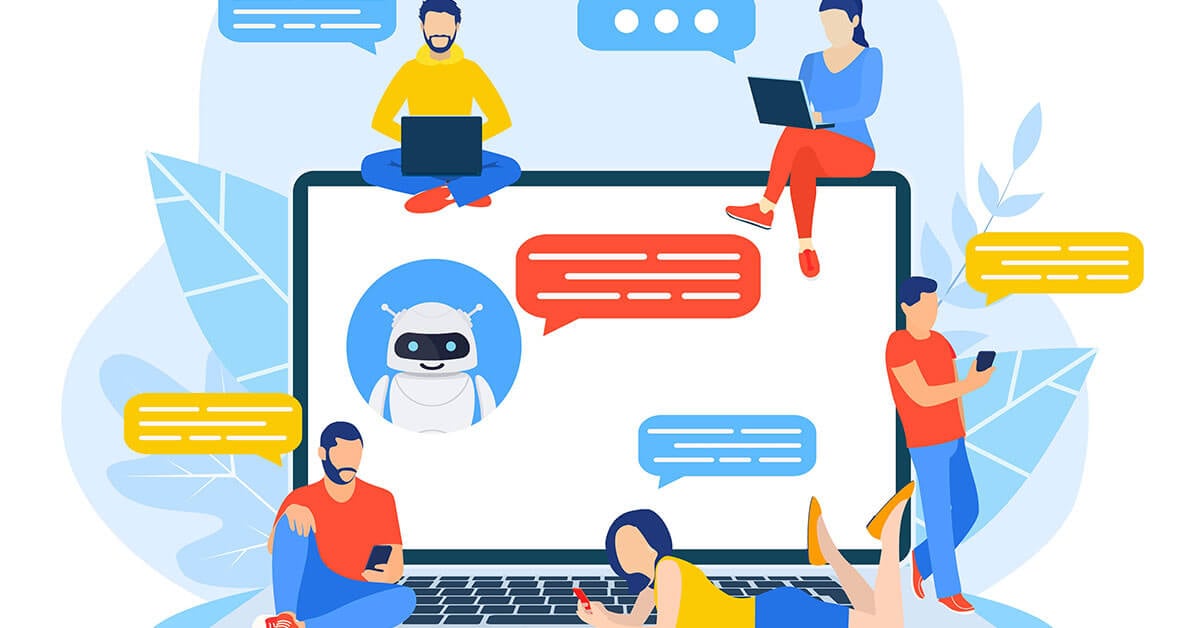Just How Big a Deal an AI-powered Voice Bot is For Your Customer Service and Your Business

“Welcome to Standard Chartered priority banking.
If your inquiry pertains to a moratorium on your term loan and credit card facilities, please refer to the important information section on our website…
…
…
…Please, wait while your call is being transferred to a customer service representative.”
It was already 3 minutes and 20 seconds before they cut off the monologue and I was connected to an agent. I had noticed some fraudulent activity on my credit statement and wanted to place a request for blocking the card.
To my relief, in under 7 minutes of conversation, they were able to process my request on-the-spot, and I had the problem off my back. Contrary to dropping in an email to the bank, or going to their website or Twitter and sending them a chat request, the phone still came handier to me. Personally, dialing up customer service and persisting with those 3 minutes of lag didn’t seem much compared to hours and days of wait times and strings of disappointments that can accompany email replies.
According to Google UK, 75% of customers say, they search more actively now that they can use voice search, while 89% believe that voice will enable them to find things more quickly.
And even as, over the years, we have been witnessing a revolution in the ability of computers to understand and generate natural speech with the help of AI-based technologies, businesses and organizations continue to deploy IVR (Interactive Voice Response) to cater to customer voice requests. As per a finding by Dimension Data, more than 57% of IVR calls require an agent’s intervention.
That’s primarily because all IVR can offer is a stiff computerized voice that doesn’t understand natural language. More particularly, automated voice systems are still not proficient enough in recognizing simple sentences or words. They are incapable of encouraging or indulging in a conversation and force the caller to adjust to the limits of the system instead of the system enhancing its capabilities to be in tune with the caller’s.
Google’s Duplex, which is currently LIVE in the majority of the US, can conduct natural conversations with a human to carry out “real world” tasks over the phone, such as making a reservation at a restaurant or booking an appointment at a hair salon. Siri, Alexa, Cortana, and others are creating a similar stir. The best part of the experience is, people can speak naturally to the AI, like they would talk to any other person, without having to act like they are feeding commands into a system.
If you’re looking for crafting exactly the kind of experiences for your customers, here’s why you’d immediately need to look into adopting voice bots for customer support.
1. Slingshotting past IVR inefficiencies

When resolved immediately, a customer problem can become a touchpoint for profit. A complaint handled in under five minutes can translate into future purchases, as concluded in a study by Harvard Business Review. And for most customers looking to self-serve, IVRs with their “Press ‘1’ for this”, “Press ‘2’ for that” can be the stuff of nightmares. They can resolve simple questions like, ‘email me my bank statement’, ‘what is my account balance’, etc. with little effort but more layered and sensitive queries need up close personal assistance from a live agent.
Imagine if the customer asks, “I am trying to make important investment decisions, could you please help me dissect my investment history and zero in on my best choices.”
The maze of choices and menus can be confusing, misleading, or even alienating. Not just that, once routed to an agent, the customer might have to wait again in case the call needs to be transferred to the concerned team. Alternatively, they could be having to call back again “sometime soon” in case the designated team isn’t available at the moment.
This sluggish, faltering approach that demands the customer keeps harping on their problem endlessly, with little relief, only shows reluctance to help on the part of the business, or worse, indifference, and can badly chafe customer satisfaction.
Voice bots, on the other hand, are available 24/7 with instant support and on-the-spot resolution, including quick handovers to well-trained trained live agents and swiftly arranged callbacks, if needed, during business hours.
2. A data dash
Powerful leverage that makes voice bots so fluid, instinctive, and profoundly empowering tools are data. A voice bot, at any given point in time, has unprecedented access to customer transaction and interaction history. It can distinctly identify customers with respect to their most recent interactions with your organization across channels and platforms.
Harvesting this data, the voice bot can anticipate exactly what the customer needs and can immediately cut to the chase upon the first contact to offer tailored assistance, with few meanders that drain both the customer’s and the agent’s time. Having this visceral sense of context and the ability to plug the gaps with detailed customer needs and demands is critical to making the customer journey as unwrinkled, effortless, and pleasant as possible.
Also, because the voice bots can be immensely intuitive at understanding intent, they can, besides attending to the immediate customer needs, proactively recommend them new offers or suggest alternative products that precisely match their tastes, latching on to any cross-sell or upsell opportunities for revenue growth in the most graceful and endearing manner, without coming across as pushy or annoying.
3. Making it personal
Powered by advanced Natural Language Processing, voice bots can engage with customers, understand their request, deduce their intent, and reciprocate in their language after anticipating what they exactly need. Their human-like, conversational voice and inherent friendliness make them even more approachable and the customer’s primary choice for contacting the business.
A user can report a claim, update their profile, check their bank balance, cancel their order, know which team won, track their stock, and practically do just about anything by simply talking to Alexa, Siri, or Google Home, with the help of these complete, integrated solutions.
Their USP is the rich contextual details they are able to gather from the customer in a very natural and subtle way that encourages meaningful conversations and beyond serving the customer, creates new sales opportunities for businesses.
4. When cutting-edge technology meets human ingenuity

Customer queries can sometimes be more nuanced than usual. Such unique, complex, and unpredictable problems could fall beyond the scope of a voice bot and a support agent could need to get involved. In such specific circumstances, AI-powered voice bots route the customer to the best-concerned agents to resolve the issue as quickly as possible.
These bots ensure a clean handover — complete with all contextual insights and interaction history — to the most appropriate agent on the team based on their analysis. The customer doesn’t need to explain the issue all over again and the support rep has everything they need to immediately start detangling.
The voice bot continues to support the agent with data-driven insights and computational guidance through the entire customer journey, in real-time. In this manner, the agents can make time for listening in on the customer’s call more closely, delving deeper into the issues, and crafting a more intimate one-to-one experience, replete with empathy, confidence, informed advice, and resourcefulness.
5. Improving business metrics

Aside from offering businesses an opportunity to become more effective and create stronger relationships with customers, voice assistants can dramatically slash costs by offloading common and repetitive questions from agents. Not only does their speed, accuracy, and 24/7 availability directly impact your customer experience but also the strength of your customer support department.
The level at which you can adopt such technology to re-engineer operations and reconfigure your contact center teams can be a touchstone for the kind of customer experiences you want to drive. AI-automated conversations can help your business to increase cost efficiency while delivering high-quality support at scale at the same time.


